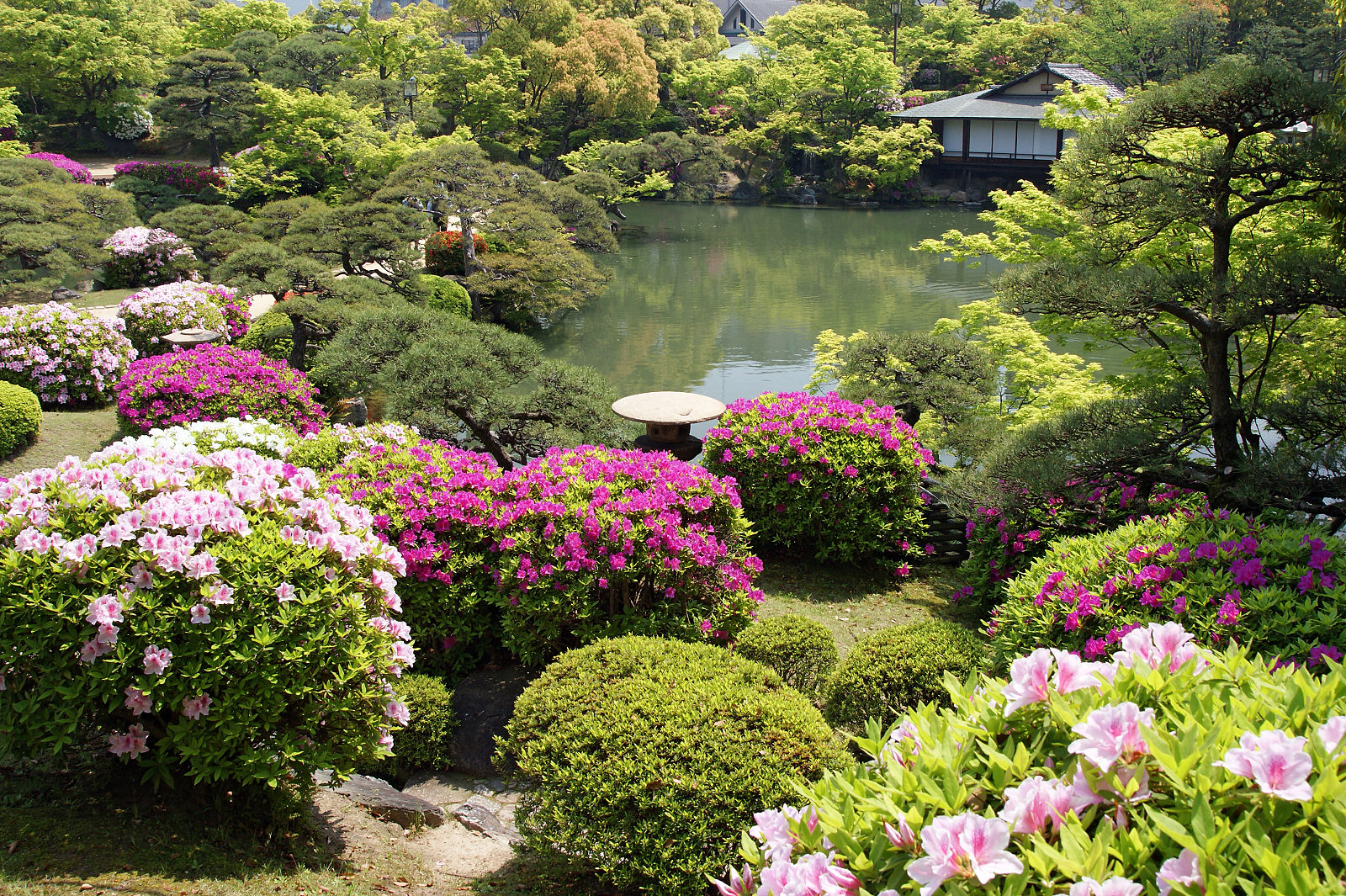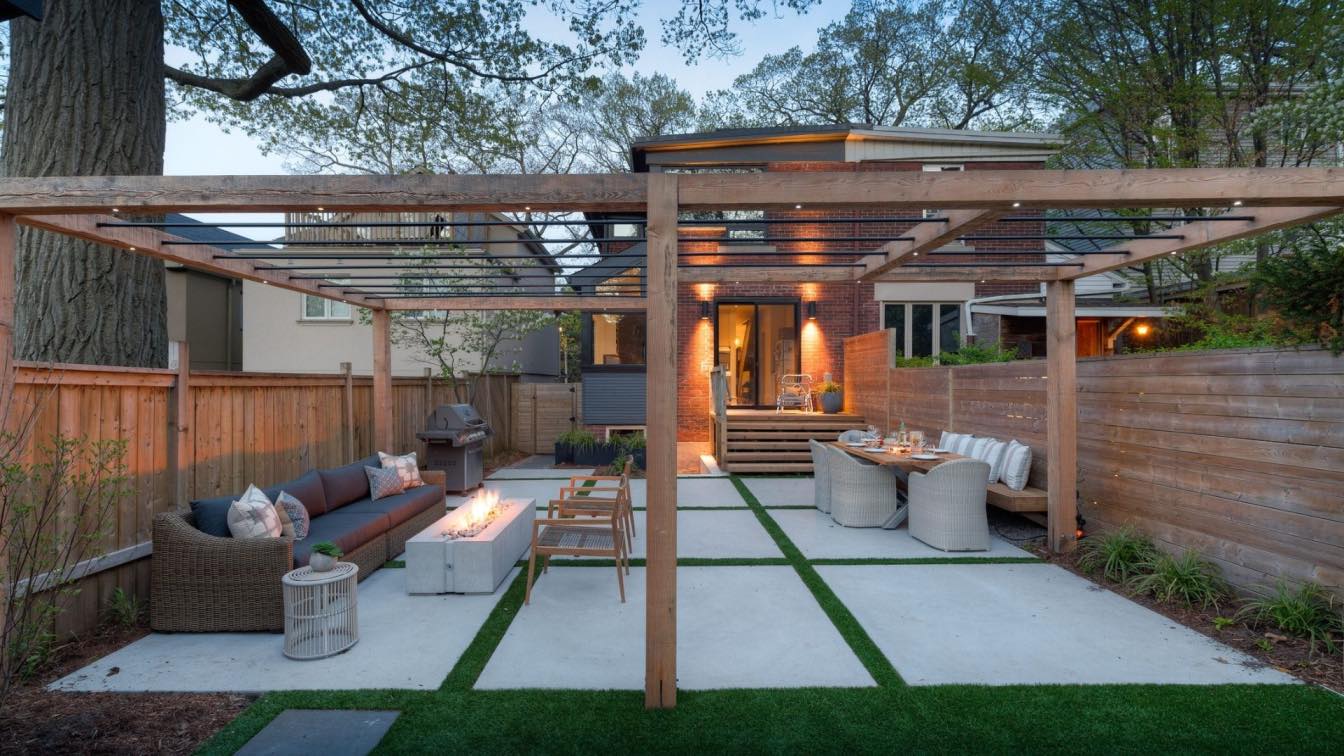Japanese Garden design is a sacred type of architecture. This type of design has been around for centuries, and is highly significant in Japanese culture. There are a variety of meanings and reasons for the elements found within Japanese Garden design. These are some of the major key factors of Japanese Garden design.
Minimalism
Japanese Garden design is a minimalist artform. The goal of this type of architecture is to both capture and present simplicity. The minimalist approach of Japanese Garden design strives to achieve a calming, meditative aesthetic. Beauty, peace, and ease are some of the reactions visitors, travelers, and locals feel about these designs. Many people don’t realize that Japanese Gardens are in fact minimalistic. This is due to the intricate design, and attention to detail, which confuse individuals who aren’t familiar with the artform. While western culture has a different meaning for minimalist architecture, Japanese Gardens are minimal because of deeper reasons. “Japanese Gardens are breathtaking. This style of architecture is able to develop out of this world sights of paradise and beauty,” declares Aline Waters, architecture blogger at Writinity and Draftbeyond.
 image © Daderot
image © Daderot
History
This architectural style originated in Japan and other locations in Asia around the 5th century CE. Early Japanese Gardens made references to important figures like emperors and novelty. Zen priests began practicing sacred rituals and prayer at temples built in Japanese Gardens. The priests would engage in traditions like tea drinking and ink painting which are still practiced to this day. Between 1338-1573, what was known as the Muromachi period, gardens were becoming popular.
The Japanese Gardens were appreciated for their views and experiences. After they became commonplace, a culture surrounding the gardens was established. Tea men who often were Zen priests were the main faces of this artform. New subcategories of temples and gardens were developed due to the expansion of the cultural significance. Tokyo became a main location for gardens to be created. In later years, around 1868-1873, Japanese Gardens represented military power and strength during battles. Some gardens were destroyed from events, but were eventually rebuilt. Today, Japanese Gardens hold valuable history and cultural importance in Japan.
 Image © 663highland
Image © 663highland
Nature
The nature elements are one of the most important aspects of Japanese Gardens. There are two types of gardens: artificial hills and level ground. Some gardens are a mixture of both terrains, while others only contain one. The hilly terrain represents an abundance of water, while the flatter terrain represents a drier climate. Structures made up of water, which include ponds, streams, and waterfalls hold high value in this type of architecture. Waterfalls are one of the most essential parts of the gardens. They represent renewal and clean energy, making all water elements an important key element of these sacred places. Besides water and terrain, shrubbery and animals also play into the characteristics of the gardens as well. Lush bushes, flowers and plants are needed to bring all the other factors together. Animals like Koi fish and ducks are favored, and are found in many modern day locations. “All of these nature based elements are crucial, and pair with all of the other architecture of Japanese gardens. Each piece ties into the peaceful and calming intentions, shares Katharine Cohen, design writer at Research Papers UK.
Temples & Structures
Each and every temple located in a Japanese Garden is sacred. The meaning of the temple depends on the architecture of the temple itself. Some temples are open to all visitors, while others are meant for keepers and guardians of the gardens only. Temples of higher significance will often have more complex and intricate designs. This can include roofs with more tiers, detailed designs in the siding, and larger balconies. Surrounding structures such as bridges and paths also play into Japanese Gardens. The main idea when it comes to interacting with the structures is to enjoy the sights within the garden, instead of on the outskirts. This reinforces the motif of inner peace. Temples are also where ceremonies take place, and where guests get to enjoy the gardens.
Japanese gardens portray architecture like no other type of building or landmark. Not only do they refer to Japanese culture, but they attract those interested in architecture from all across the globe.
 image © Hiro2006
image © Hiro2006
Business analyst and writer Jenny Williams works at Essay Writing Service and Dissertation Writing Services. She also works at Gumessays.com service.





